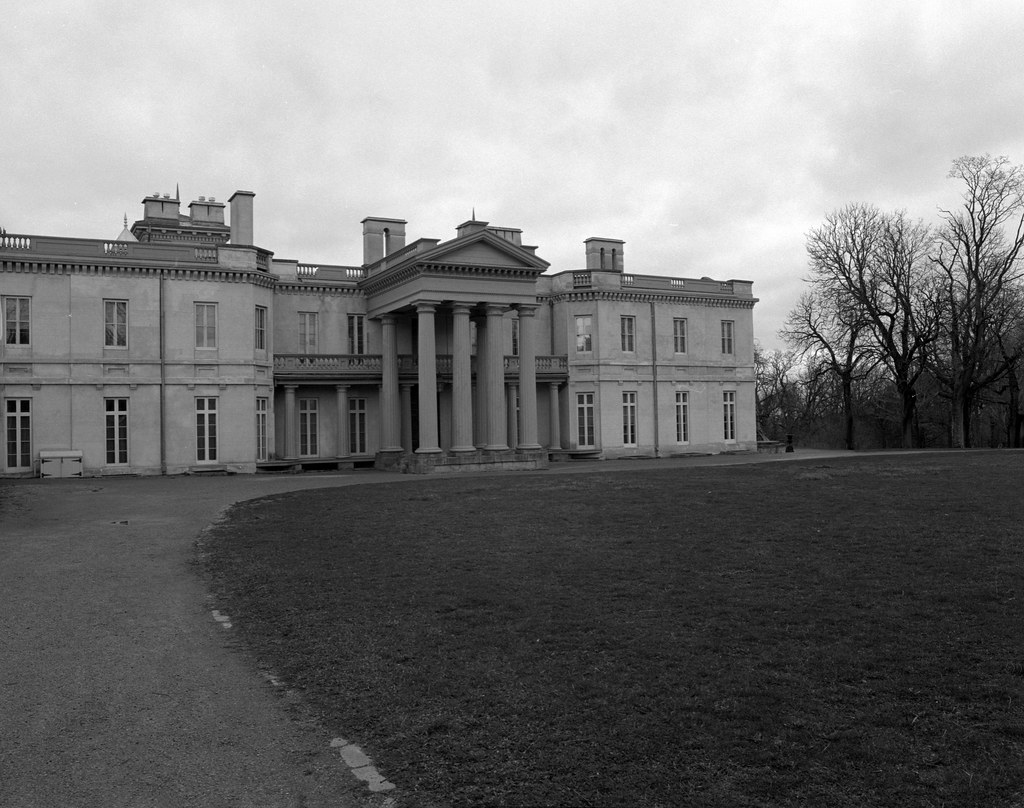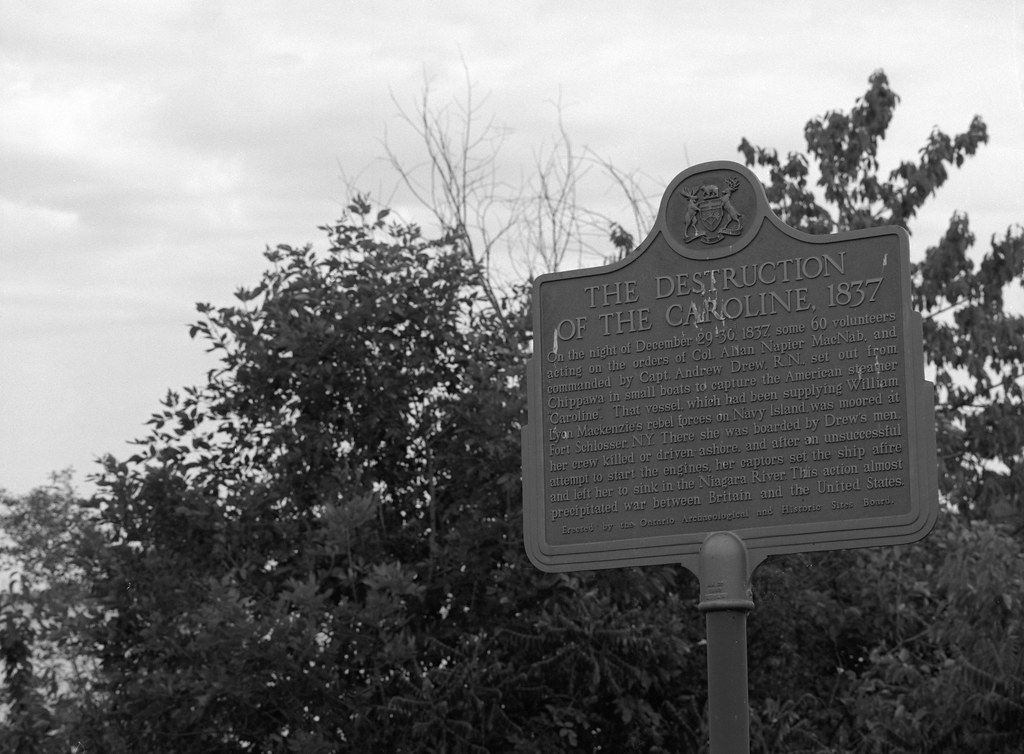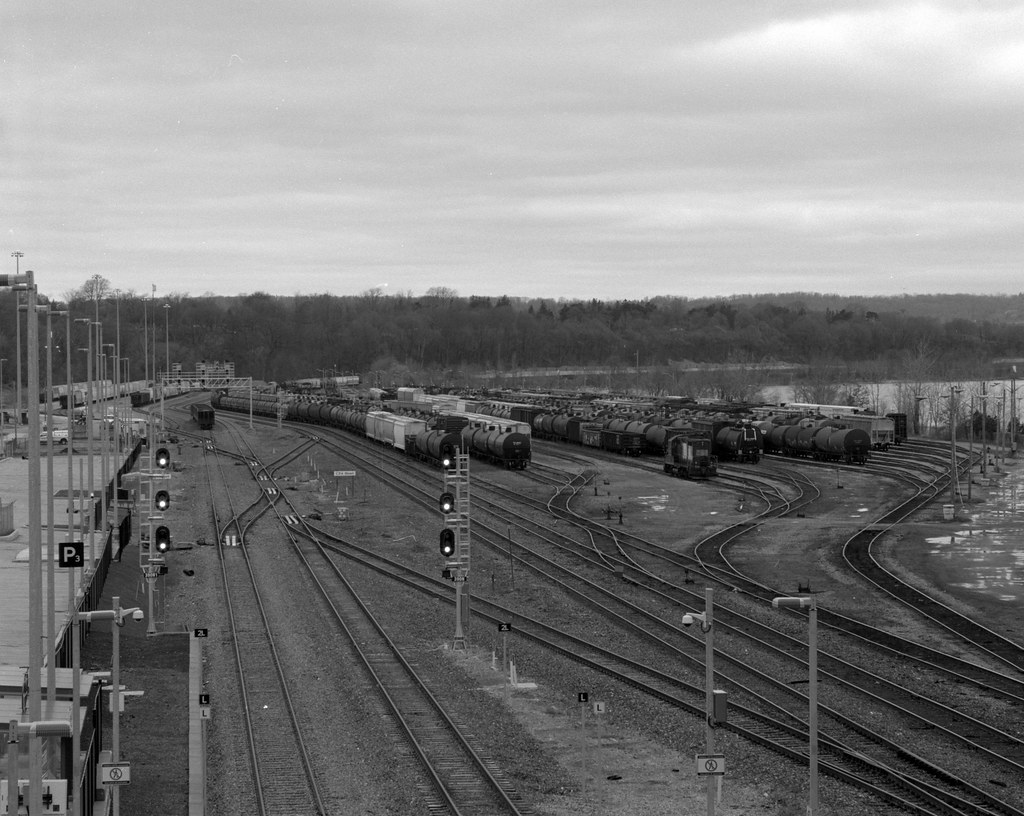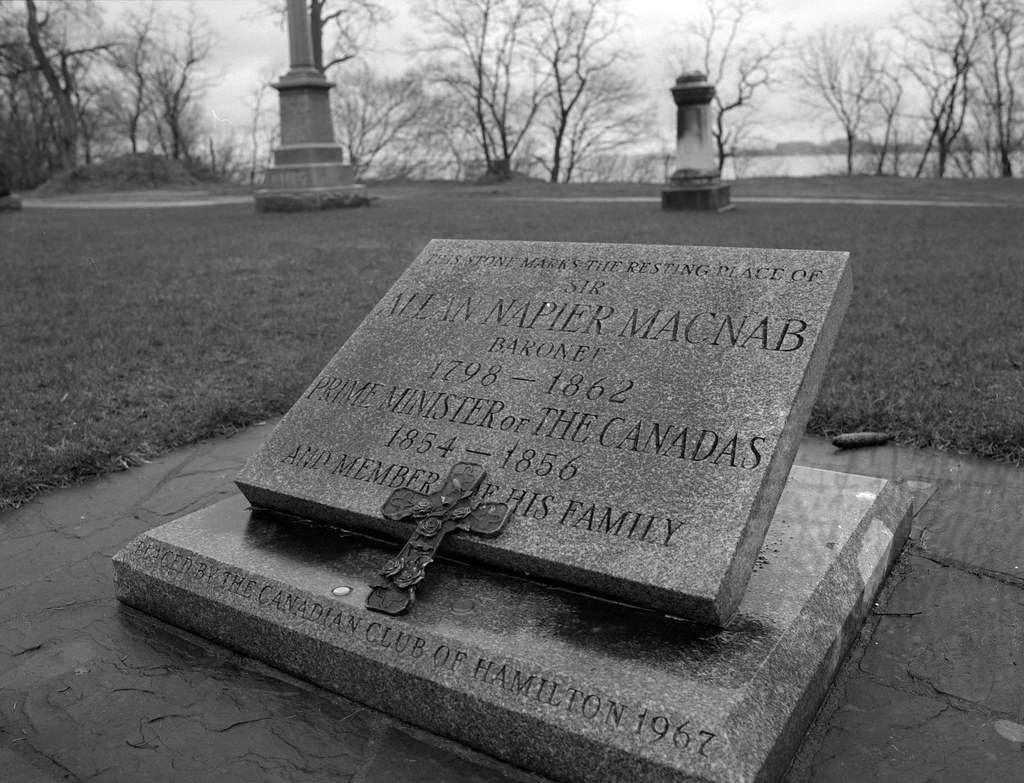Out of all the historical figures I have come across in my research one of the more interesting is Sir Allan Napier MacNab. MacNab is one figure whom I already had some knowledge of considering I have visited his former home many times in Hamilton. However, I had no idea how influential he was on pre-confederation history and his lasting impact on Canada today. Born in Newark, Upper Canada, today Niagara-On-The-Lake on the 19th of February 1798, his father an officer in the Queen’s Ranger who came to Upper Canada with Sir John Graves Simcoe. When the unit saw disbandment, the MacNab’s moved to the new provincial capital at York (Toronto). The MacNab’s faced many challenges mostly financial which always forced them to live on the fringes of high society, yet Allan’s father always desired to better his position. Going so far as to send Allan to Reverend Strachan’s School in York allowing his son to mingle with the children of high society, hoping he would be noticed and taken into that inner circle. It would be Allan’s father that imparted the desire for improvement and a love of all things military to his son. Allan would volunteer with the York militia when he was of age and eventually purchase an Ensign’s commission in the 49th Regiment of Foot during the Anglo-American War of 1812. Most of his service with the 49th was in the final year of the war, participating in the Raid on Blackrock, the Capture of Fort Niagara, and the Battle of Plattsburg. But at the end of the war, the 49th returned to England and MacNab would be left behind. Directionless, MacNab drifted from career-to-career, dabbling in land speculation, carpentry, and acting. Despite his poor education he managed to settle into a career in law, joining the office of D’Arcy Boulton, yet he still desired some level of military involvement and rejoined the York Militia as a Captain, hoping that, his marriage to Elizabeth Brooke in 1821, and his connection to Boulton would help improve his standing in York Society. The death of Elizabeth in 1825 would be the kick MacNab needed to get his life in order. In 1826 he would pass and be called to the bar, yet he found himself at the mercy of the strong men of Provincial Society, and he always seemed at odds with their rising star, John Beverly Robinson. To escape their influence, he relocated to Hamilton. He had no competition in Hamilton and was the town’s only lawyer, a chance case where he won a case defending a group of Family Compact allies earned him some contacts within the circle of power of the Family Compact, most notably recent Compact ally, William Chisholm. With Chisholm’s help, he secured a Lieutenant-Colonel’s commission in the Gore militia, his second marriage to Mary Stuart, and election to the Legislative Assembly saw his acceptance into Sir John Beverly Robinson’s inner circle, albeit reluctantly.

Mamiya m645 – Mamiya-Sekor C 45mm 1:2.8 N – Ilford FP4+ @ ASA-100 – Kodak D-23 (Stock) 6:00 @ 20C
MacNab felt that the Tory view was his ticket to fame and fortune, and played the role of the good Tory and Compact supporter. In his early days in the Reformed controlled Assembly, he butted heads with William Lyon MacKenzie with MacKenzie even jailing MacNab for contempt. But as the power shifted back to the Tories, it would be MacNab who managed to secure revenge in helping expel MacKenzie from his seat on multiple occasions. But for MacNab, the Family Compact was a means to an end, in 1832 he completed the sale of the Besley Farm, which in addition to the Besley Farmhouse was home to the ruins of the British fortifications that made up Burlington Heights. He began to plan out a grand new home for himself and his family. Dundurn Castle saw completion in 1835. His alliance to the Compact continued to remain on shaky ground, but he found a friend in the newly appointed Lieutenant-Governor, Sir Francis Bond-Head. The two men bonded instantly, and it was a bond that played right into MacNab’s agenda. When word reached Hamilton in December 1837, MacNab in his role as a militia colonel gathered a force of forty militia soldiers from his regiment of the Gore militia and rushed to Toronto aboard a steamship. Upon his arrival, Bond-Head appointed MacNab overall command of the loyalist force gathered in the city in response to MacKenzie’s uprising. Bond-Head quickly retracted the offer, instead, Bond-Head put MacNab at the head of the centre body of troops, as James FitzGibbon would take overall command in his role as Adjunct General of the Militia although only acting. FitzGibbon resigned and retired over his treatment by Bond-Head, and MacNab would be the militia officer to carry out the destruction of the Western uprising under Charles Duncombe. And while both MacKenzie and Duncombe managed to escape, Bond-Head continued to use MacNab and his militia as symbols of Canadian Loyalty. Despite the protests of Sir John Colborne, MacNab would continue to command the militia forces at Chippawa during the siege of Navy Island and destroyed the steamship Caroline under MacNab’s orders. The Americans would demand MacNab’s arrest and even indited him in the Caroline affair, but he would quietly return to Hamilton where both he and the Gore Militia were welcomed as heroes. While Bond-Head continued to support MacNab, even seeing him appointed as a baronet, Sir George Arthur, Bond-Head’s replacement, ensured Sir Allan stayed out of the action for the rest of the rebellion.

Mamiya m645 – Mamiya-Sekor C 150mm 1:3.5 N – Ilford FP4+ @ ASA-100 – Kodak D-23 (Stock) 6:00 @ 20C
Like many Tories of the old-school, MacNab had some misgivings with the union of Upper and Lower Canada, he supported it on an economic level but feared undue influence on Canada West by the French-Canadians of Canada East. He clung to the Tory cause and continued to see election to the new Assembly, yet every time a chance came to improve his standing in the government he would be passed over in favour of others. But the age of the radical was coming to a close, and while MacNab centred himself as the rallying call for old Compact Allies and disaffected Conservatives, he still could not get a foothold. Even when Robert Baldwin and Louis LaFontaine resigned in protest for the actions of Sir Charles Metcalfe in 1845, when elections were called, and a Conservative government put in place, Metcalfe asked Charles Draper to take up the Premiership over MacNab. But when the reformers took back power, MacNab would lead the charge against the push for responsible government in 1849 and ultimately lose. And when the Tory mob burned the Parliament building in Montreal, MacNab found himself fighting against those who were once allied with him. He knew that if he wanted to rise again, he needed to change his views. That chance came after the retirement of Baldwin and LaFontaine, their replacement at the head of the Moderate Centre, Sir Francis Hincks faced a problem and needed help in supporting his government in a confidence vote. Hincks had originally planned to bring George Brown and his Clear Grits to his side, but the return of William Lyon MacKenzie prevented that alliance. Seeing his chance, MacNab offered to support Hincks, bringing the moderates from the Reform and Conservative parties joined to create the Liberal-Conservatives.

Mamiya m645 – Mamiya-Sekor C 150mm 1:3.5 N – Ilford FP4+ @ ASA-100 – Kodak D-23 (Stock) 6:00 @ 20C
MacNab would use his position within the ruling party to help make it easier for railroads to be built throughout Canada. MacNab had other reasons to help railroads; he was a major investor in the Great Western Railway. He was using both his wealth, property and power to see the GWR based out of Hamilton, rather than Brantford. He even sold a large amount of land below Dundurn Castle to Great Western to house their railyard and headquarters. It would be in 1854 that MacNab reached the zenith of his power when Hincks was forced to resign the premiership in 1854 and MacNab elected to replace him. MacNab’s alliance remained only to himself, and he continued to use his power to help out his wealth and standing. He would be forced to resign in 1856 after several backroom deals and fraud in several railroad deals came to light. It would be a young Kingston lawyer, Sir John A. MacDonald who replaced MacNab. Comfortable in his wealth, his influence and contributions to Canada would lead to his election to the Legislative Council in 1860. But with his health failing he would only hold the post for another two years. Even in his death, MacNab thought only of himself and was baptised by the Roman Catholic Church, his second wife being Roman Catholic and on the 8th of August, 1862 Sir Allan Napier MacNab passed away. He was buried as a Roman Catholic, yet the Anglican Church continued to maintain that he was in fact, Anglican. MacNab’s remains rest today at Holy Sepulchre Catholic Cemetery in Burlington, Ontario.

Mamiya m645 – Mamiya-Sekor C 45mm 1:2.8 N – Ilford FP4+ @ ASA-100 – Kodak D-23 (Stock) 6:00 @ 20C
While MacNab’s name still is listed among those of the Family Compact, his alliance throughout his entire life and career was only to himself. He bedded with anyone whom he felt would better his own social and economic standing within Canada. And it shows, MacNab’s influence on Canada can still be seen and felt today, especially in Hamilton, Ontario. His grand home, Dundurn Castle, would be purchased after MacNab’s death and become home to a school for the blind and deaf. It would return to use as a private home in 1872 when Donald McInnis purchased the property. McInnis would sell the property to the City of Hamilton in 1899 although it would take another sixty-one years of restoration before it was opened as a public museum. Today Dundurn Castle is restored to how it looked in the 1850s as the height of Sir Allan’s power. Additionally, the property is home to the Hamilton Military Museum which talks about the military history of the property and the city. Great Western Railway saw purchase and absorption into its chief competitor, Grand Trunk in 1882. Grand Trunk continued to use the Great Western Yard in Hamilton until Grand Trunk would be purchased by Canadian National in 1923. It was in 1923 that all the old Great Western and Grand Trunk buildings in Hamilton were demolished, however, the yard remains active today. The Canadian Club of Hamilton erected a new gravestone to Sir Allan in 1967 in Burlington’s Holy Sepulchre Catholic Cemetery. MacNab’s name is prominent in Hamilton, with MacNab Street, Sir Allan Napier MacNab Secondary School, the MacNab Recreation Centre all in Hamilton, Ontario. However, his most significant influence on the city is that it remains one of Ontario’s major urban and industrial centres. His third great-granddaughter, is the Dutchess of Cornwall, Lady Camilla Parker Bowles, wife to His Royal Highness, Prince Charles, Prince of Wales.